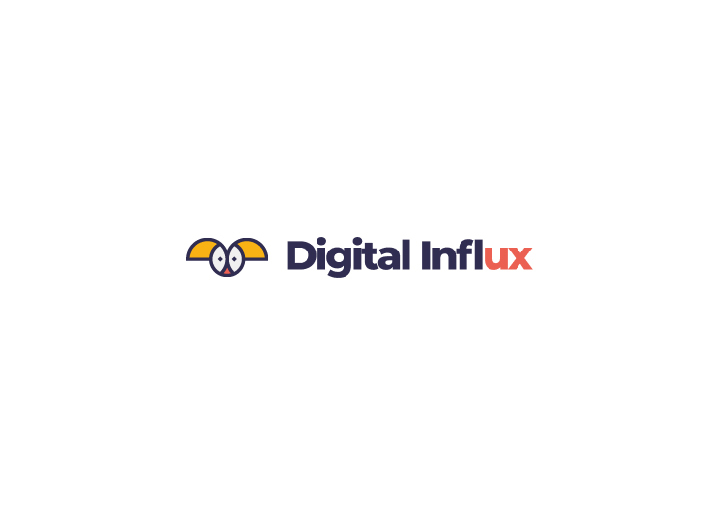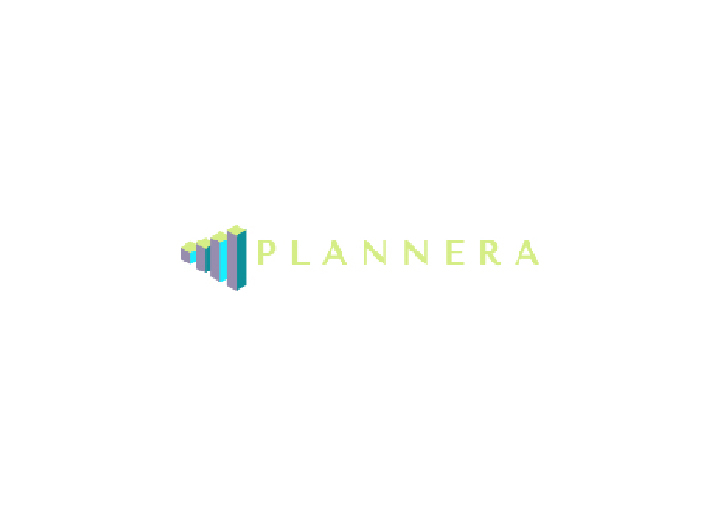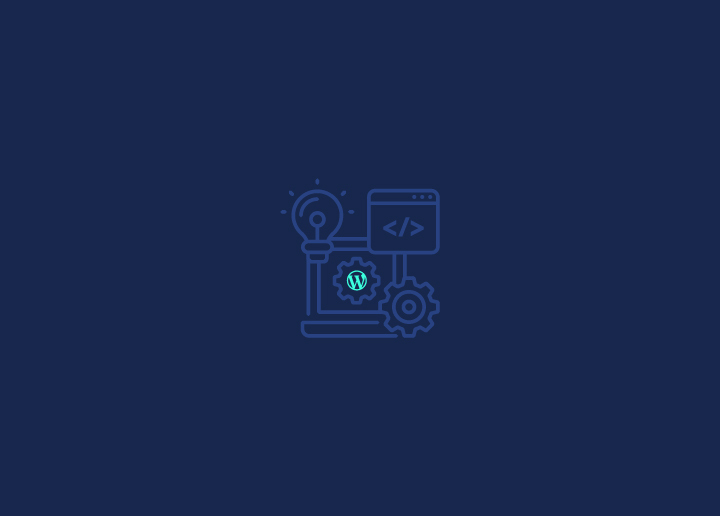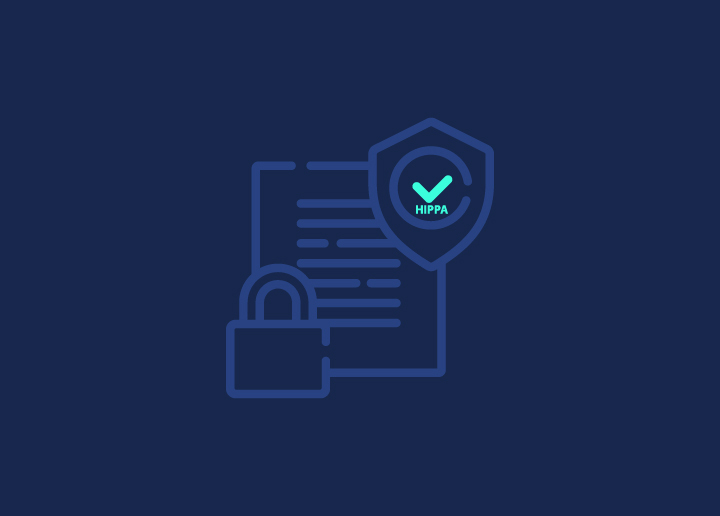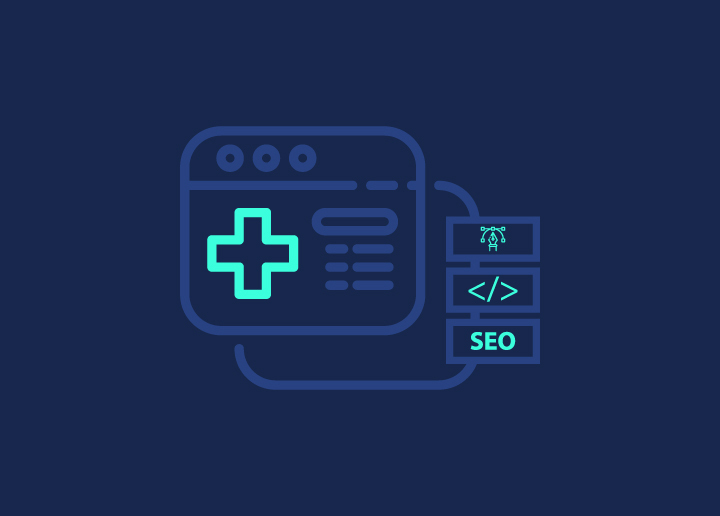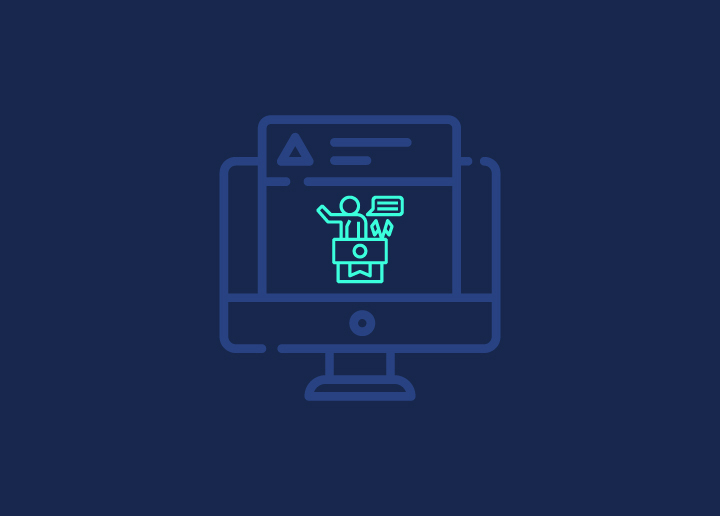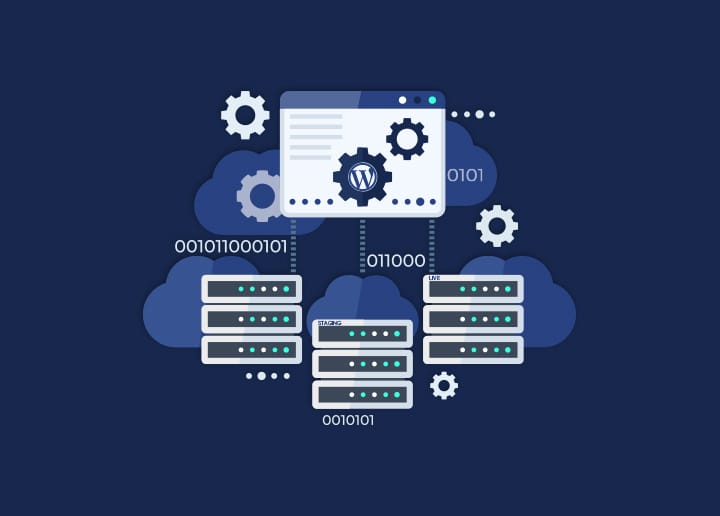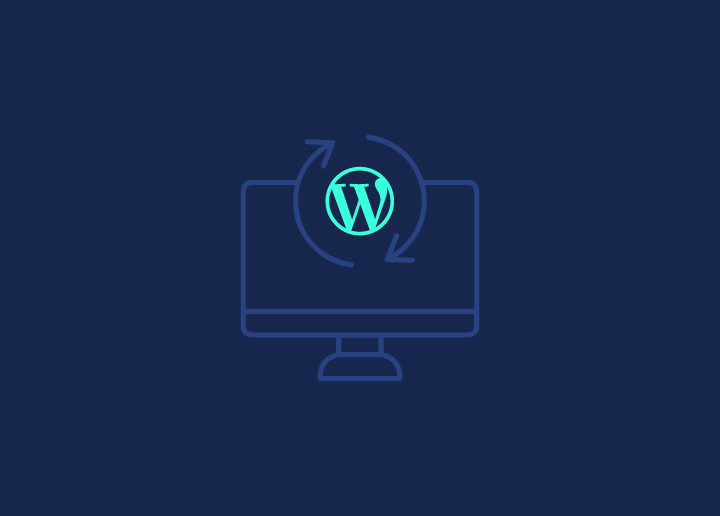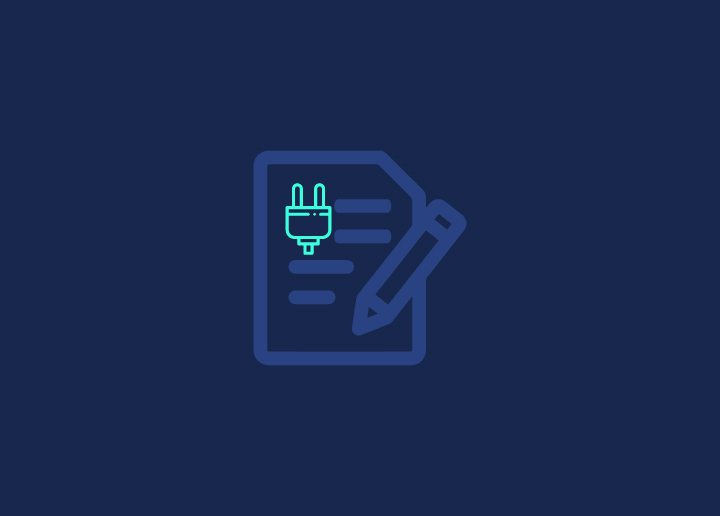When you build a standard website, among the first things you’ll probably do is pick a domain and a hosting package. These steps are required to make your site up and accessible to individuals using web browsers. WordPress’s end outcome is known as a ‘live’ or ‘public’ site.
What is a staging site?
A staging website is comparable to a live site in many aspects, yet it serves a different function. Staging locations are private and not open to the public. They’re utilized for research and testing purposes. As a result, they’re usually referred to as ‘testing’ or ‘development’ sites.
A staging site might have one of two significant kinds. It may be a fresh, blank site or a replica of one already existing. Both have several applications. Alternatively, a staging site can be fully offline and saved on a local computer, or it might be hosted online but tagged as private. Staging sites are pretty helpful, but you don’t want anybody to know about them.
If you implement adjustments to your staging website and subsequently wish to apply them to your live site, you may do so manually on both sites. It’s far easier to fine-tune your staging site until it’s perfect, then copy those modifications to the live version. You can perform the same thing with WP Staging, but you’ll need to upgrade to the premium version.
Benefits of having a staging site
You may create a new site, then build and adjust it until it’s right while keeping your personal information secret. Then, when the moment is appropriate, you may publish it (or a replica of it) live.
Staging sites are an excellent place to practice with the WordPress platform. You may use them to test with custom code, check out new themes and plugins, etc.
If your staging website is a duplicate of your live site, it’s the ideal location for bug fixes and testing platforms for any issues.
Of course, you can perform all of this on a live website. That, though, is a dangerous prospect. If you want to test a new extension or a bug repair on your site, you risk of breaking something. You could also wind up momentarily reducing the speed of your website, causing interruption or otherwise disrupting the experience of your visitors.
That is why creating a staging site is so beneficial. Before making any modifications to your live website, you may use it to ensure everything is running correctly. It also ensures that a new site is fully functional before publicizing it. For these and other reasons, practically every WordPress site owner should have at least one staging website on standby. Unless you want to never make more changes to your website (which we do not encourage), learning how to utilize this helpful tool is essential.
Conclusion
Keeping a WordPress website up to date is a never-ending task. Even after you’ve finished building your site, you’ll probably update and tweak it eternally. This means you’ll need to figure out how to test such modifications without causing harm to your site or its viewers. Creating a staging site is often the best method to achieve this, and you can get additional information on a staging site on Seahawk Media.


